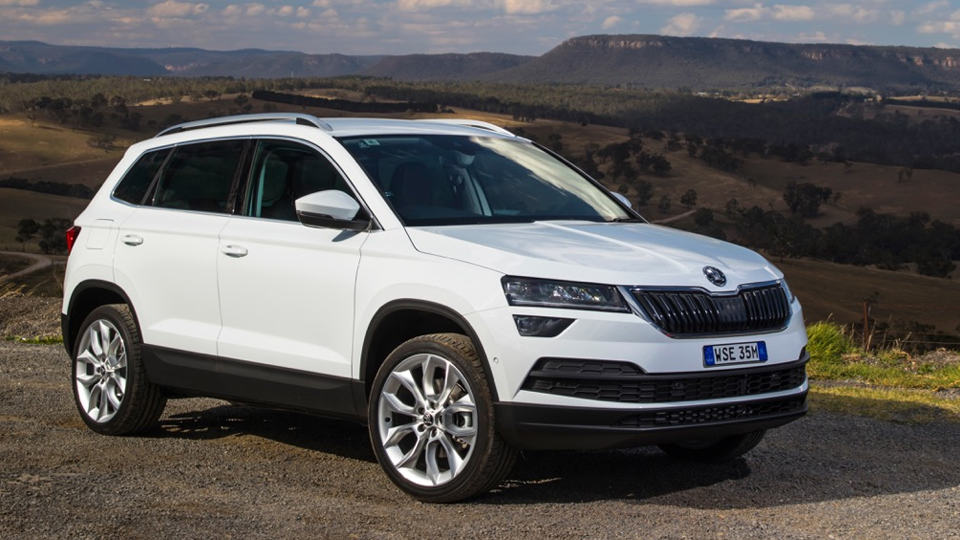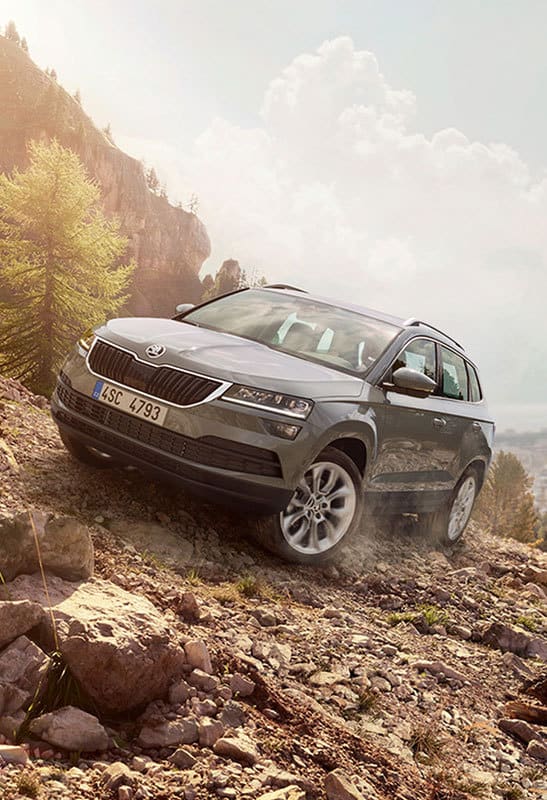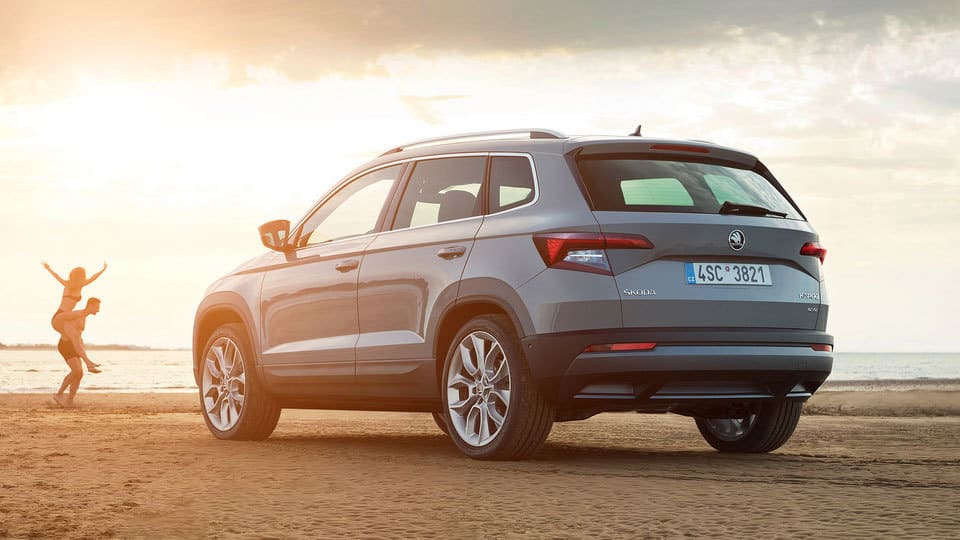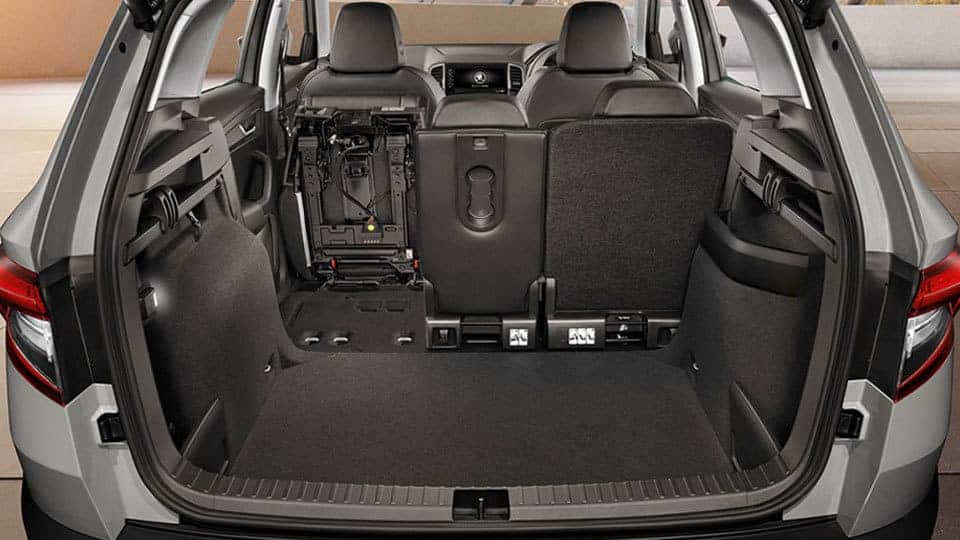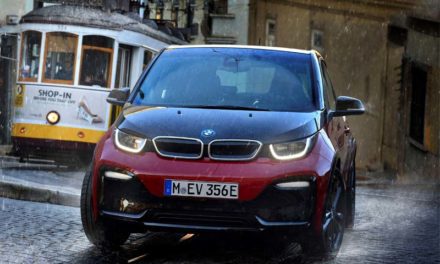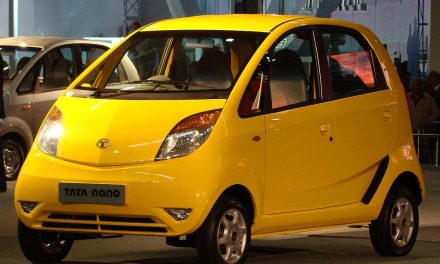SKODAS have always been interesting vehicles and before Emil Skoda took over the company in 1869, it was Europe’s leading arms manufacturer.
The Czech company was the world’s first maker of motorcycles (in 1899) and its products, even today, include locomotives, aircraft, ships, machine tools, steam turbines and lot of other stuff.
Its first car arrived in 1905 and now Skoda runs second only to Porsche in the giant Volkswagen Group’s profit-making brands.
Today we’re talking about its Karoq, a relatively newcomer to the medium SUV scene and a size bigger than the quirky Yeti but smaller than the seven-seat Kodiaq.
It has some surprising features, among them a four-cylinder petrol engine that switches to two cylinders when it doesn’t need four-piston oomph, its impressive Varioflex system that allows for the easy folding or complete removal of the back seats and a wad of standard electronic safety features.
The test car also had another ‘wow, what was that?’ feature, one I hadn’t come across in all my years of motor scribing.
It was a variety of unnerving clunks, thuds and cracks that occurred at irregular intervals and reminded me of the company’s days in the arms business.
The clunk was like a box of size 9 Steel Blue industrial boots being dropped from 2m onto a wooden floor. A minute or two later it was followed by a muted thud, then a couple of sharp cracks, like a .22 rifle being fired inside the car.
I checked the big cargo area – no boots, boxes or guns in there – and failed to locate the origin of the three distinctively different sounds.
And just when I thought the weird noises had settled down, they’d start again.
I was also less than impressed with the airconditioning, which left the interior humid even when turned down to 16C.
Then, suddenly, it would come on with a blast.
Partly because the Karoq has an exceptionally well insulated interior, I couldn’t tell if the noises came from the front, sides or back of the car, but True Love, who is blessed with acute hearing, said it was from the centre, under the dash.
No loose connections there or under the surprisingly heavy bonnet, so I got Dr Rob Bobla to take the explosive Karoq for a run.
‘It’s a ventilation system problem,’ he said.
‘I’m pretty sure those loud noises are the flaps or valves on the system being whacked open and shut by an over-sensitive sensor, hence the hassle with the ventilation.
‘It might need a replacement aircon system or part. But the car has a five-year warranty, so it’s an easy fix.’
So I lived with it for the rest of the review, and most other features turned out to be of the good, or excellent kind.
Karoqs are priced from $29,990 for the manual version and $32,290 for the dual-clutch automatic and come kitted with a Bolero touchscreen media system with smartphone connectivity, Apple CarPlay and Android Auto, a reversing camera, USB, aux and SD card slots, Bluetooth phone and audio streaming, an eight-speaker audio, dual zone climate control, keyless entry and push-button start, and adaptive cruise control.
The driver gets a flat-bottomed three-spoke multifunctional chrome-decorated leather steering wheel with radio and telephone controls, and a trip computer with a high resolution colour display.
The car has 17-inch wheels, roof rails, halogen headlights, LED daytime running and taillights, auto-on headlights and wipers and rear parking sensors.
There’s comfortable cloth seating for two, three, four or five people, depending on how you configure the interior and a neat touch was the provision of holders for cellphones or tablets on the back of the front seat headrests.
Few Karoqs leave the showroom in standard form because of a trio of quite enticing option packs.
There’s the $3600 Premium Pack which adds LED headlights, perforated leather trim, front parking sensors, electric opening and closing of the tailgate, 18-inch alloy wheels and stainless steel pedals. The headlights have Adaptive Frontlight System, which changes the geometry of beam to different driving conditions.
The $3200 Tech Pack upgrades the infotainment unit to a 9.2-inch glass touchscreen Columbus system, with satnav and gesture control, a 10-speaker Canton audio system, Automatic Parking Assist, wireless charging, Virtual Pedal (hands-free opening and closing of the electric tailgate), Driving Mode Selection, and digital audio broadcasting (DAB+).
And then there’s the $1700 Travel Pack with Lane Assist and Blind Spot Detection, heated front seats, an electrically adjustable driver seat with memory function, and auto-folding door mirrors with auto dimming, memory function and LED environment lights.
Alternatively, you can get the best features of all three in Skoda’s Launch Pack.
It costs $8900 and includes a 3 year/45,000km service deal.
The Karoq has quite a fresh look in today’s sea of SUVs and is probably the most versatile, with a cargo availability of 1810litres.
It starts with all seats in place at 479litres, which is more than decent, and grows bigger as the seats are folded, or removed. It has few equals, even among the truck-based SUV behemoths.
Other clever and welcome bits of kit include a removable LED torch, an umbrella, cargo nets, a reversible boot liner and adjustable hooks for shopping bags.
The Karoq has a 1.5litre four-cylinder turbo petrol engine which drives the front wheels via either a six-speed manual or seven-speed dual-clutch automatic transmission.
It’s a smooth unit that generates 110kW and 250Nm and uses very little fuel.
Our auto test car came within a whisker of equalling the claimed 5.7litres/100km. We recorded 5.9 on our usual city/suburban cycle and we also did about 200km on a fairly flat freeway, where the car switched to 2-cylinder power when we hit a steady cruising speed.
That was terrific.
Similar Article: Review: 2018 Jaguar E-Pace S D180
Switching back to all four cylinders wasn’t noticeable. It’s a sophisticated beastie and it has the zip to take the car from zero to 100km/h in 8.6seconds.
It’s built on a Golf floorpan, handles well and its safety arsenal is extensive: seven airbags, rear parking sensors with auto stop, auto emergency braking with pedestrian detection, driver fatigue monitoring, tyre pressure monitoring, multi-collision braking, ABS, ESC, and the rest of the electronic safety alphabet are among them.
It has a light and precise electro-mechanical steering, and there’s even a ‘park assist’ function.
Another of the many features is start-stop, which switches off the engine while you wait at traffic lights. I don’t particularly like it, and it can be switched off – but resets when you start up again.
Visibility is fine except that the big mirrors, mounted close to the A-pillars, tend to block out a chunk of close-up vision.
Skoda plans to add a more powerful all-wheel drive version to the Karoq fleet next year. But I doubt it would be as fuel-efficient as the front wheel driver.
Verdict
A delightful, stylish, very well built and versatile vehicle with impressive performance and economy. I loved it.
The loud noises that emanated from the test vehicle were almost certainly a product of Sod’s Law, that can strike any vehicle at any time. A competent clunkologist could fix it in no time.
LIKE:
-
Clever design
-
Comprehensive equipment
-
Interior finishes
-
Advanced engine
-
Economy
DON’T LIKE:
-
Clunk, thud, crack-crack
-
Vision-blocking outside mirrors
-
Stop-start feature
Scores:
- Looks
- Performance
- Safety
- Thirst
- Practicality
- Comfort
- Tech
- Value

